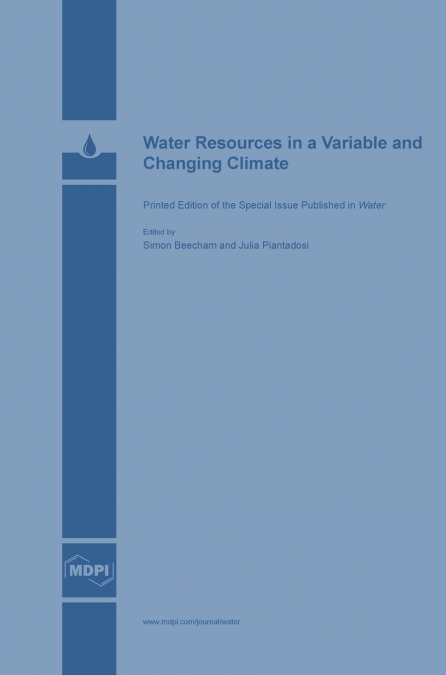
Climate change will bring about significant changes to the capacity of, and the demand on,water resources. The resulting changes include increasing climate variability that is expectedto affect hydrologic conditions. The effects of climate variability on various meteorologicalvariables have been extensively observed in many regions around the world. Atmosphericcirculation, topography, land use and other regional features modify global changes toproduce unique patterns of change at the regional scale. As the future changes to these waterresources cannot be measured in the present, hydrological models are critical in the planningrequired to adapt our water resource management strategies to future climate conditions.Such models include catchment runoff models, reservoir management models, floodprediction models, groundwater recharge and flow models, and crop water balance models. Inwater-scarce regions such as Australia, urban water systems are particularly vulnerable torapid population growth and climate change. In the presence of climate change induceduncertainty, urban water systems need to be more resilient and multi-sourced. Decreasingvolumetric rainfall trends have an effect on reservoir yield and operation practices. Severeintensity rainfall events can cause failure of drainage system capacity and subsequent urbanflood inundation problems. Policy makers, end users and leading researchers need to worktogether to develop a consistent approach to interpreting the effects of climate variability andchange on water resources.This Special Edition includes papers by international experts who have investigated climatechange impacts on a variety of systems including irrigation and water markets, land usechanges and vegetation growth, lake water levels and quality and sea level rises. Theseinvestigations have been conducted in many regions of the world including the USA, China,East Africa, Australia, Taiwan and the Sultanate of Oman.